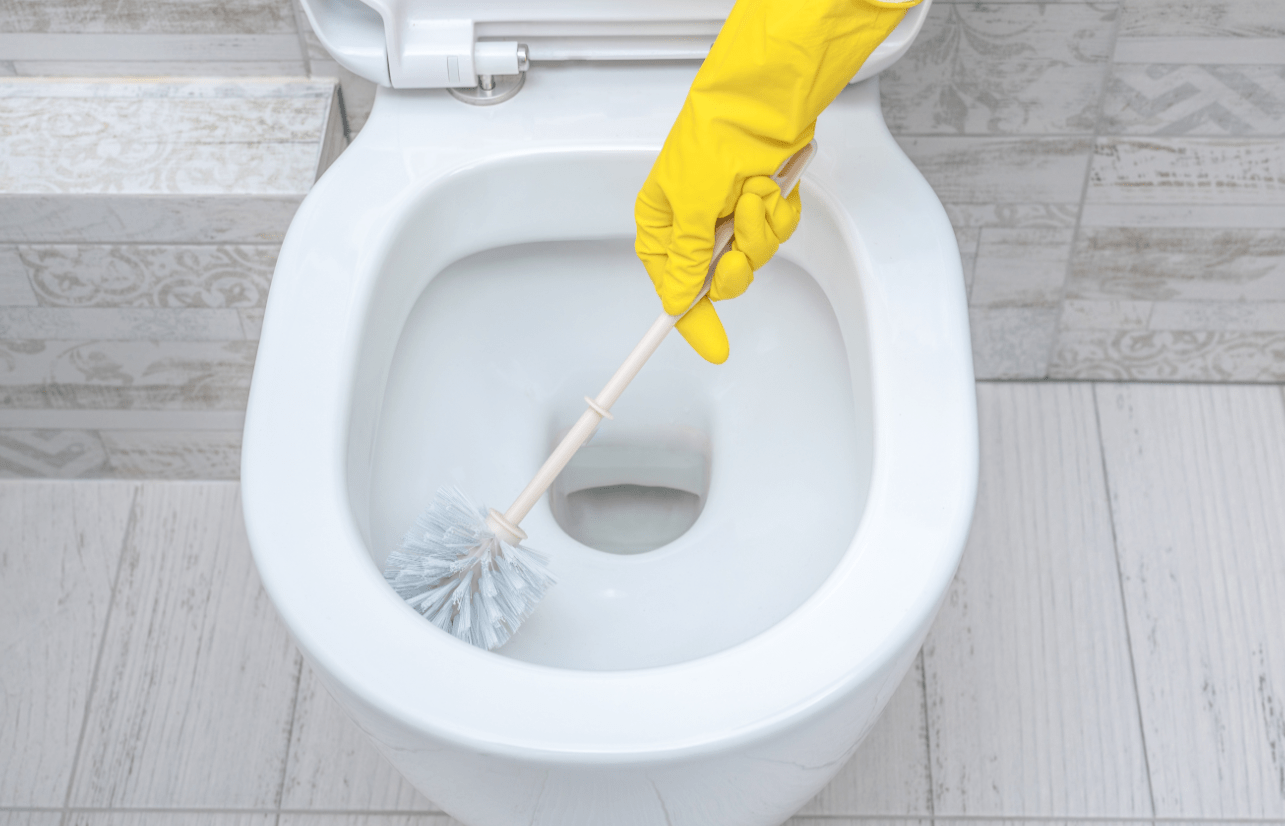Cleaning toilets is one of the least favorite chores in any household. The rings, the stains, the buildup—it all comes back faster than you expect. That’s why people search for products that make the job easier. If you’re tired of scrubbing, using a toilet tank cleaner can be a game-changer.
The right product doesn’t just mask the problem. It prevents it. Instead of spending hours with brushes and harsh chemicals, you let the cleaner handle the work for you. Let’s look at why these products matter, how they work, and what to watch for when choosing one.
The Problem with Hard Water
Hard water is the biggest reason toilets get dirty so fast. It’s loaded with minerals like calcium and magnesium. Every flush leaves residue behind. Over time, those minerals stick to the porcelain and create ugly rings.
Here’s the truth: scrubbing doesn’t fix the root issue. You might clean the surface, but the minerals in your water keep building up. That’s why stains return again and again.
What a Toilet Tank Cleaner Actually Does
Most people think toilet cleaners only target the bowl, but the tank is where the problem starts. If the water in your tank is full of minerals, every flush carries those minerals into the bowl.
A toilet tank cleaner works differently. It conditions the water before it even reaches the bowl. That means fewer deposits, fewer stains, and far less scrubbing.
Think of it as treating the cause instead of just the symptoms.
Benefits of Using a Toilet Tank Cleaner
The advantages go beyond looks. Let’s be specific:
- Cleaner toilets for longer. Stains and rings take much longer to form.
- Less scrubbing. You save time and energy.
- No harsh chemicals. Many products use natural reactions instead of bleach.
- Cost savings. You spend less on bottled cleaners month after month.
- Peace of mind. Your bathroom looks fresh without constant effort.
For busy families, these benefits add up fast.
Common Alternatives and Their Drawbacks
Before toilet tank cleaners became popular, most households relied on one of three things:
- Chemical toilet cleaners. These work but smell harsh and can damage plumbing over time.
- Toilet drop-in tabs. They turn the water blue but don’t stop mineral buildup.
- Manual scrubbing. It’s effective in the short term but time-consuming.
Each method has flaws. That’s why more people are switching to in-tank solutions.
How Long Do They Last?
One of the best things about high-quality toilet tank cleaners is their lifespan. Some last up to six months per unit. Compare that to the chemical bottles you buy every few weeks.
It’s simple math. Even if the initial price feels higher, you save in the long run.
Why Reviews Matter
When deciding on a product, always check customer experiences. Reviews give real insight into performance. Here’s what people usually highlight:
- Ease of use. Most cleaners are literally “drop and forget.”
- Effectiveness. Do stains really disappear? Do rings stay away?
- Longevity. Does it truly last months? Or only a few weeks?
- Value. Customers compare the cost to the effort and results saved.
Reading reviews helps set realistic expectations. No product is perfect, but patterns in feedback tell you what to expect.
Getting the Most Out of a Toilet Tank Cleaner
Using one is simple, but a few tips make a big difference:
- Clean first. Remove heavy buildup before dropping it in.
- One per tank. Use a separate cleaner for each toilet.
- Be patient. Give it time to condition the water.
- Track lifespan. Replace it on schedule for consistent results.
Follow these steps and you’ll notice the impact quickly.
Eco-Friendly Advantage
Another benefit is the environmental factor. Many cleaners avoid bleach, ammonia, or phosphates. That means fewer chemicals going down your drains. Families with pets or kids especially value this.
Bathrooms smell fresher, too, since you’re not dealing with chemical odors.
Who Should Use a Toilet Tank Cleaner
These products are great for almost any household, but some benefit more than others:
- Homes with well water. Hard water rings are a constant struggle.
- Busy households. Less time spent cleaning is always a plus.
- Eco-conscious families. No bleach. No fumes.
- Landlords. Easier maintenance for rental properties.
If you fall into one of these groups, the payoff is even greater.
Cost Comparison
Let’s break down the numbers.
- Chemical toilet cleaner bottles: $5–$10 each.
- Average use: 1 per month per toilet.
- Annual cost per toilet: $60–$120.
Now compare that to a toilet tank cleaner that lasts up to six months. You might only need two per year per toilet. That’s often less expensive and definitely less hassle.
What to Expect After Installing
Once you drop it in, results don’t happen instantly. The product conditions the water gradually. Most people notice improvement within a few weeks. Stains form more slowly. Rings fade or disappear. And the toilet just looks fresher overall.
The key is patience. Consistency beats quick fixes.
The Bottom Line
Toilet cleaning doesn’t have to be a constant battle. A toilet tank cleaner helps prevent stains before they start, cuts down on scrubbing, and saves money over time.
It’s not magic. You’ll still need to maintain your bathroom, but the difference is clear. Instead of scrubbing weekly, you might clean every few months. Instead of buying harsh cleaners, you invest in something longer-lasting.
For anyone tired of hard water stains and endless scrubbing, this solution is worth considering.
Your toilet can stay clean. Your time can be saved. And your cleaning routine can finally feel under control.
